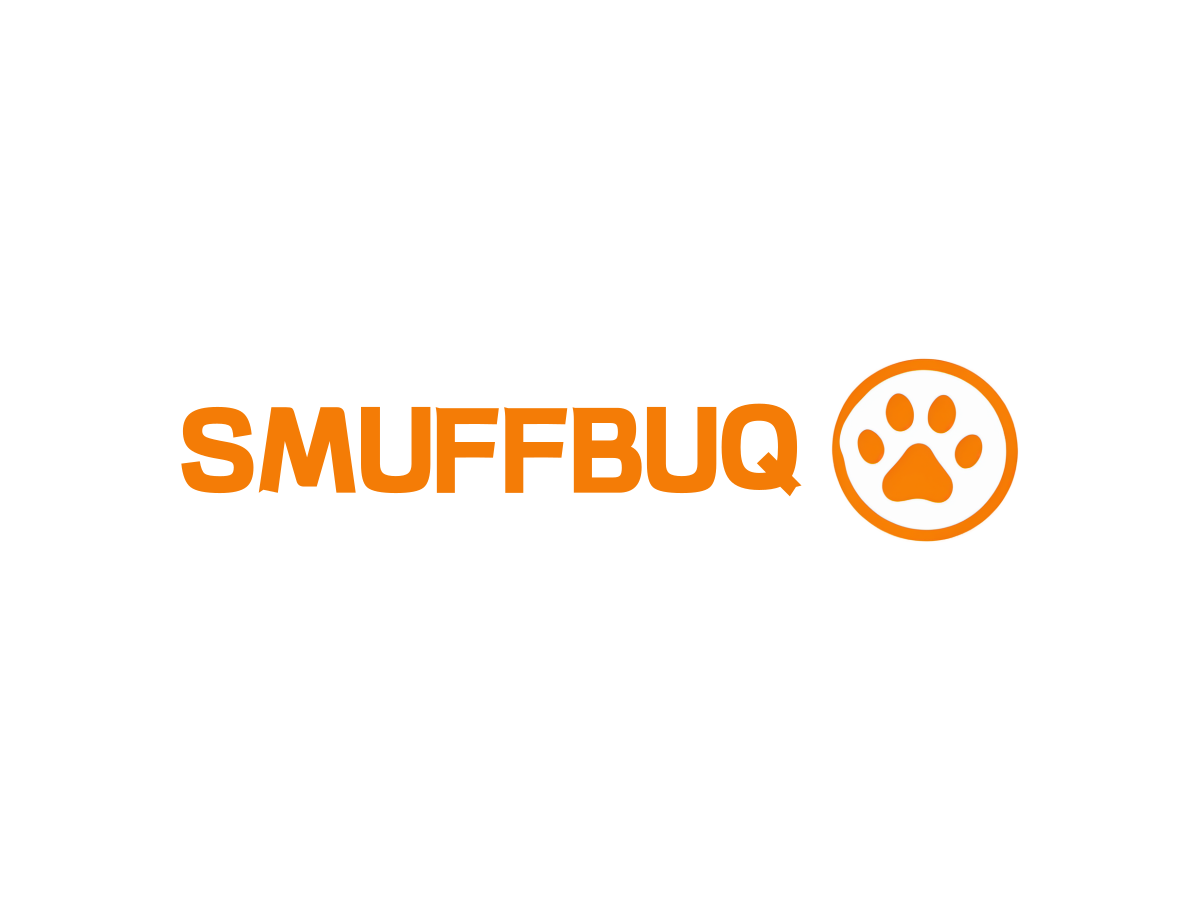What is the best dog leash?
Walking your dog should be an enjoyable experience, but choosing from countless leash options can be overwhelming. The right leash makes all the difference in control, comfort, and safety for both you and your pup.
**The best dog leash is typically a The best dog leash1 is typically a 4-6 foot standard flat nylon or leather leash
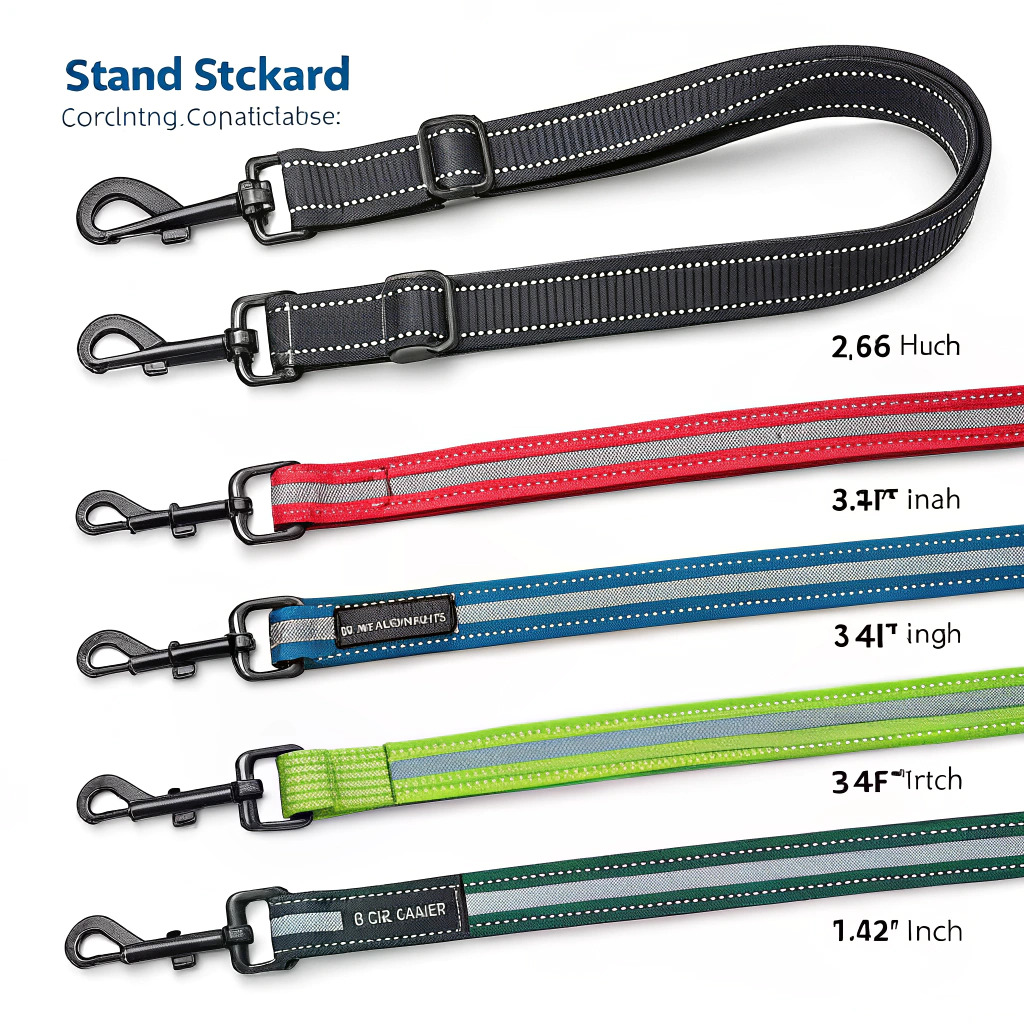
I’ve tried dozens of leashes over the years with my own dogs, from budget options to premium designs. Each has its strengths and weaknesses, and I’ve learned that what works for one dog might not work for another. Let’s explore the options to help you find the perfect leash for your furry friend.
What type of dog leash is best?
Standing in the pet store aisle facing a wall of leashes can make even the most decisive dog owner feel lost. With so many styles claiming to be the best, how do you choose?
The standard 6-foot flat leash is the most versatile and best option for most dog owners. Made fromMade from durable nylon or leather, these leashes offer reliable control1, comfort, and longevity while being suitable for everyday walks, basic training, and visits to the vet or pet stores.
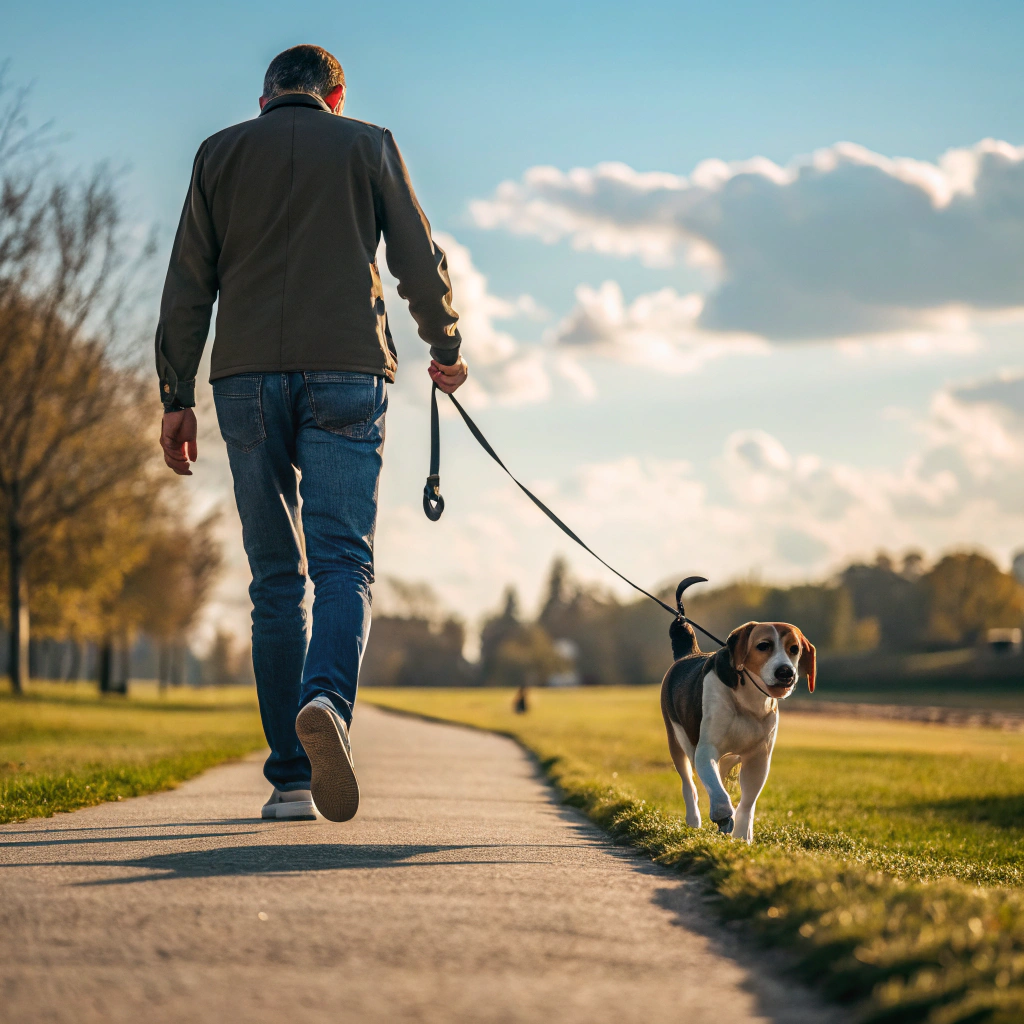
When I first adopted my German Shepherd mix, I was overwhelmed by all the leash options. After trying several types, I found that a simple, high-quality 6-foot nylon leash served us best for our daily neighborhood walks. It gave me enough control while allowing him some freedom to sniff and explore safely.
The standard leash isn’t the only option, though. Each type serves a specific purpose, and depending on your situation, you might find another style more suitable:
Common Leash Types Comparison
| Leash Type | Best For | Pros | Cons |
|---|---|---|---|
| Standard (4-6ft) | Everyday walks, training | Versatile, good control, durable | Limited length |
| Retractable | Open areas, sniffing walks | Adjustable length, more freedom | Less control, can malfunction, encourages pulling |
| Traffic/Short | Crowded areas, dog training | Maximum control, safety in traffic | Very limited freedom for dog |
| Long Line (15-50ft) | Recall training, rural areas | Freedom while training, exploration | Tangling issues, less control, storage challenges |
| Adjustable | Various situations | Versatility in length | Can be bulkier, may slip during adjustment |
| Hands-free/Belt | Running, hiking | Keeps hands free, good for active owners | Less immediate control, can be jerky with sudden pulls |
Material quality matters significantly. I’ve learned that investing in a slightly more expensive leash often saves money in the long run. Cheaper leashes fray quickly, the clasps can break, and they’re often uncomfortable in your hands1
For larger or stronger dogs, width is important too. A thin leash might cut into your hands if your dog pulls, while an overly thick leash might be overkill for a small dog. Generally, small dogs do well with 1/2-inch width leashes, medium dogs with 3/4-inch, and large dogs with 1-inch or wider leashes.
Is a harness or collar leash better?
Many dog owners confuse leash types with attachment methods. The truth is, your leash connects to either a collar or harness, and this choice significantly impacts your dog’s comfort and your control.
Neither harnesses nor collars are inherently better – it depends on your dog’s breed, behavior, and health needs. Harnesses typically offer better control and reduce strain on the neck, making them ideal for Harnesses typically offer better control and reduce strain on the neck, making them ideal for brachycephalic breeds, dogs with respiratory issues1, or pullers. Collars are simpler, less bulky, and suitable for well-trained dogs without health concerns.
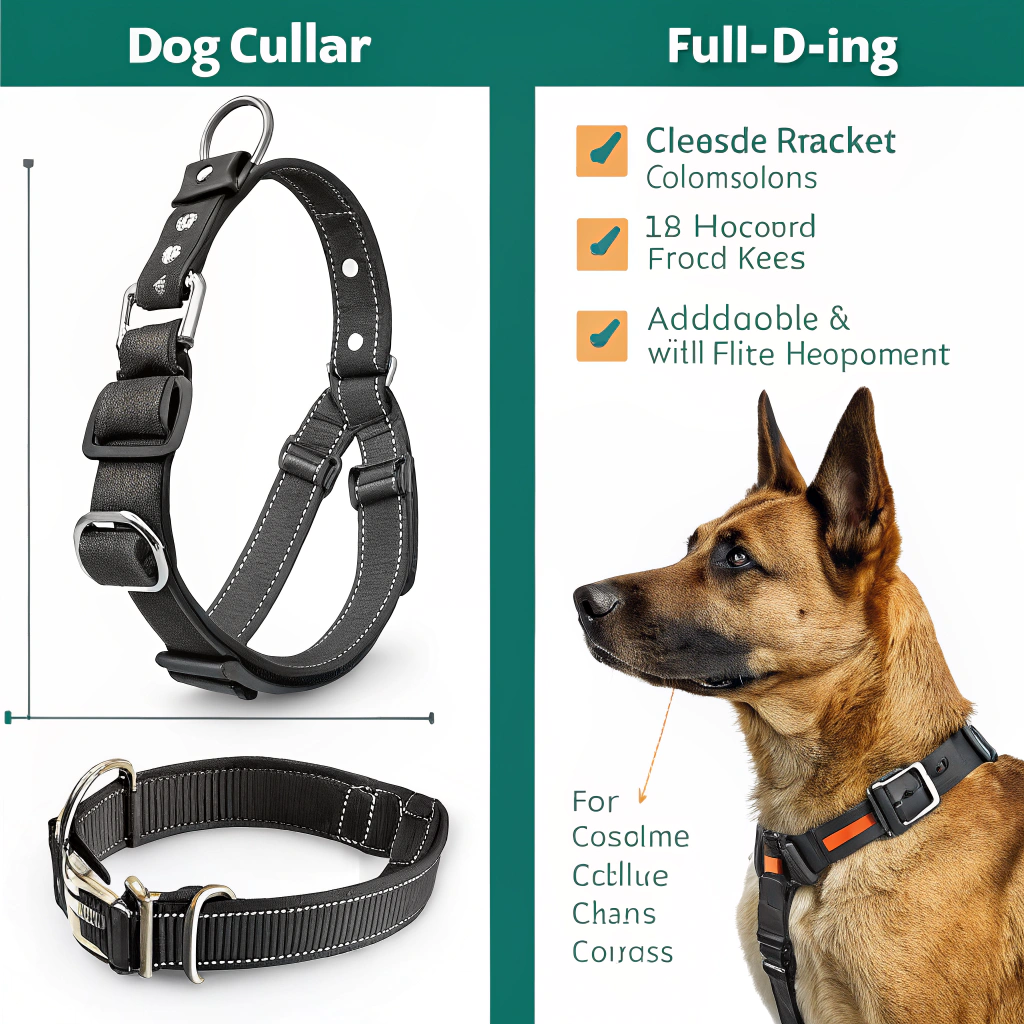
I’ve used both options with my dogs over the years. When my Labrador was young and constantly pulled on walks, switching to a front-clip harness made an immediate difference. The pulling decreased significantly, and our walks became more enjoyable. However, now that he’s older and walks calmly by my side, a simple collar works perfectly fine.
The decision between harness and collar comes down to several factors that are unique to your situation:
Harness Benefits:
- Distributes pressure across the chest and shoulders instead of concentrating it on the neck
- Better control for strong pullers or reactive dogs
- Reduces risk of tracheal damage, especially important for small breeds and brachycephalic dogs (pugs, bulldogs)
- Front-clip options can discourage pulling
- More secure for escape artists who might slip out of collars
- Often more comfortable for dogs with neck issues or certain medical conditions
Collar Benefits:
- Simpler to put on and take off
- Always on the dog, making it easier to quickly attach a leash
- Holds ID tags (though many harnesses now offer this too)
- Less bulky and restrictive, especially for dogs who dislike wearing gear
- Often more comfortable in hot weather
- Better for well-trained dogs who don’t pull
- Can be left on 24/7 (unlike most harnesses)
For some dogs, the best option might be using both: a collar for ID tags and quick trips outside, and a harness for longer walks or more challenging environments. If your dog pulls, lunges, or has any If your dog pulls, lunges, or has any neck/throat issues, a harness1 is almost always the safer choice.
Remember that harness style matters too. Back-clip harnesses are comfortable but can actually encourage pulling due to the opposition reflex. Front-clip harnesses help discourage pulling by redirecting the dog when they lunge forward. Dual-clip harnesses offer attachment points on both the back and chest, providing versatility for different situations.
What type of leash do vets use?
Have you ever noticed how even the most excitable dogs seem manageable when handled by veterinary staff? Their leash choice plays a significant role in maintaining control in high-stress environments.
Most veterinarians use short, sturdy nylon slip leads that function as both collar and leash in one. These 4-foot leads loop through themselves to create an These 4-foot leads loop through themselves to create an adjustable collar-like restraint, providing quick control in clinic environments1 where efficiency and safety are paramount when handling various dogs throughout the day.
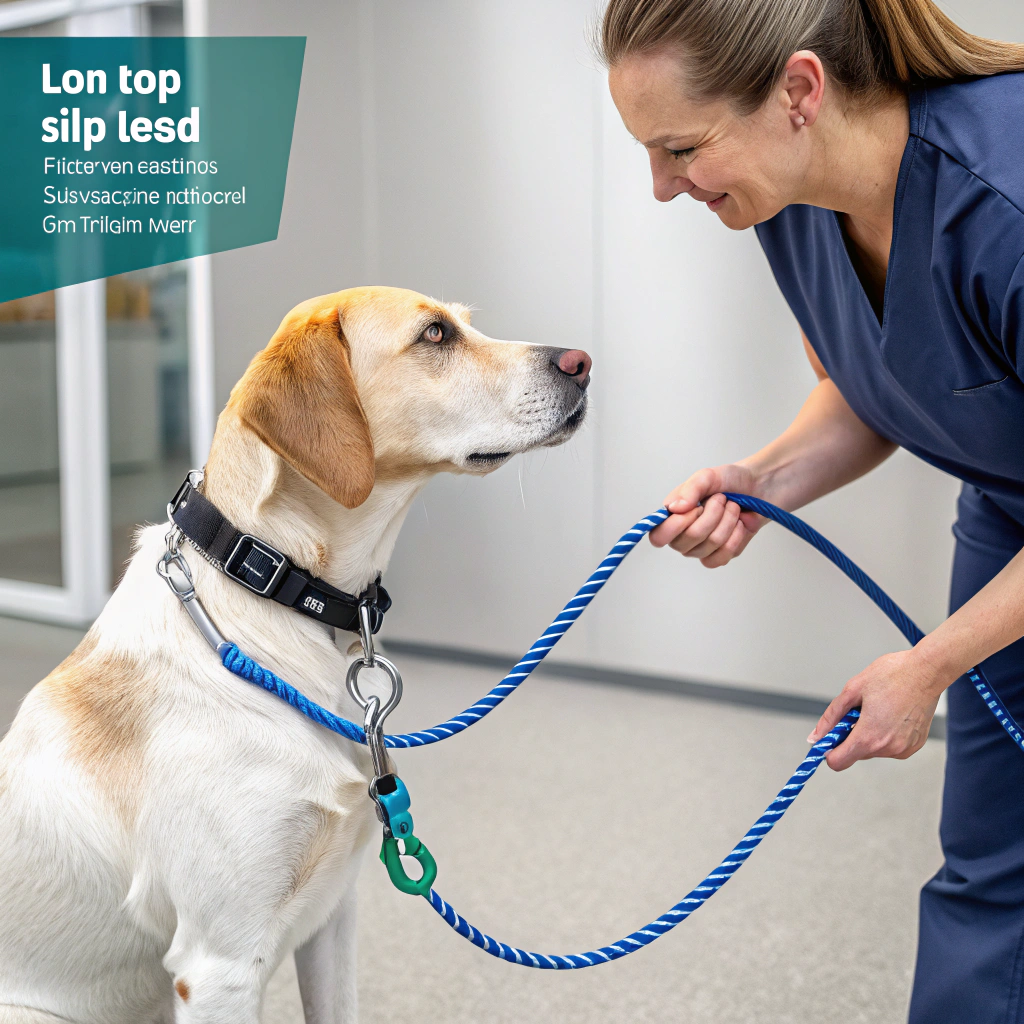
During my last vet visit, I watched with admiration as the veterinary technician skillfully handled a nervous Great Dane using nothing but a simple slip lead. When I asked about their leash choice, she explained that slip leads allow them to quickly and safely move dogs between exam rooms and procedures without having to attach and detach leashes from collars or harnesses.
Veterinary professionals choose slip leads for several practical reasons:
Why Veterinary Professionals Prefer Slip Leads:
| Benefit | Explanation |
|---|---|
| Efficiency | Quick to put on and remove without dealing with collar buckles or harness straps |
| Universal Fit | Works for virtually any size dog without adjustment needs |
| Control | Provides immediate directional control when needed |
| Storage | Easy to hang on doors or keep in pockets when not in use |
| Cleanliness | Simple to clean and sanitize between patients |
| Safety | Prevents dogs from backing out of collars in stressful situations |
| Simplicity | No moving parts to break or malfunction |
While slip leads are ideal for veterinary settings, they’re not necessarily the best choice for everyday use by pet owners. The slip lead design applies pressure to the dog’s neck when they pull, which could potentially cause tracheal damage with regular use. They’re also not ideal for dogs that pull constantly, as they provide little discouragement for this behavior.
For the average dog owner, it’s worth having a slip lead in your car for emergencies or quick potty breaks, but your primary walking leash should still be a standard leash attached to either a properly fitted collar or harness.
Some veterinary clinics, particularly those specializing in fear-free practices, have begun transitioning to using harnesses for certain patients, especially brachycephalic breeds or dogs with respiratory issues. This shows the growing awareness of how restraint methods can impact a dog’s comfort and health.
If you’re particularly impressed by how easily your vet handles your dog, don’t hesitate to ask for recommendations. Veterinary professionals have extensive experience with different restraint methods and can often provide valuable advice tailored to your specific dog’s needs.
Conclusion
The best dog leash for most owners is a 4-6 foot standard nylon or leather leash paired with either a harness or collar based on your dog’s specific needs. Consider your dog’s size, behavior, and health, plus where you walk most often when making your choice.
